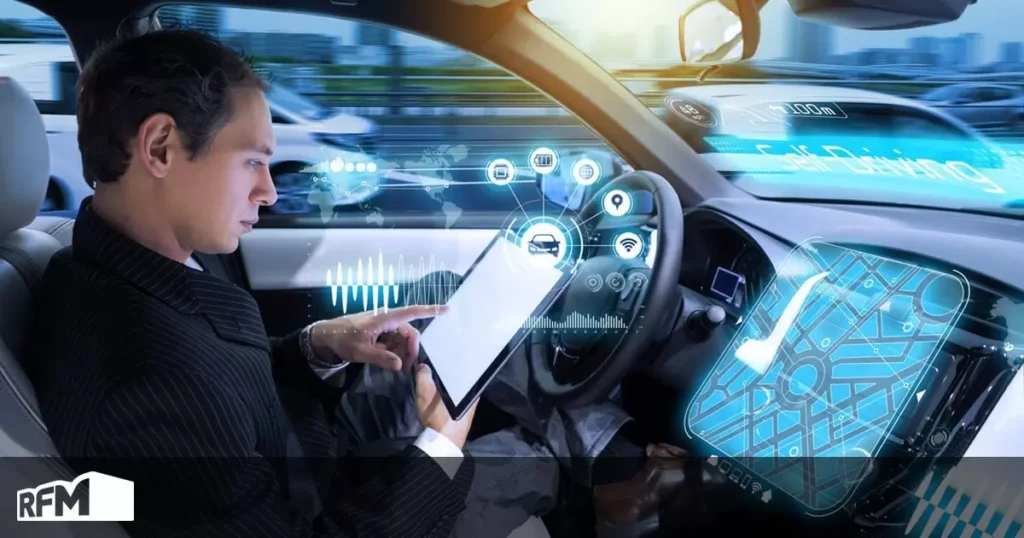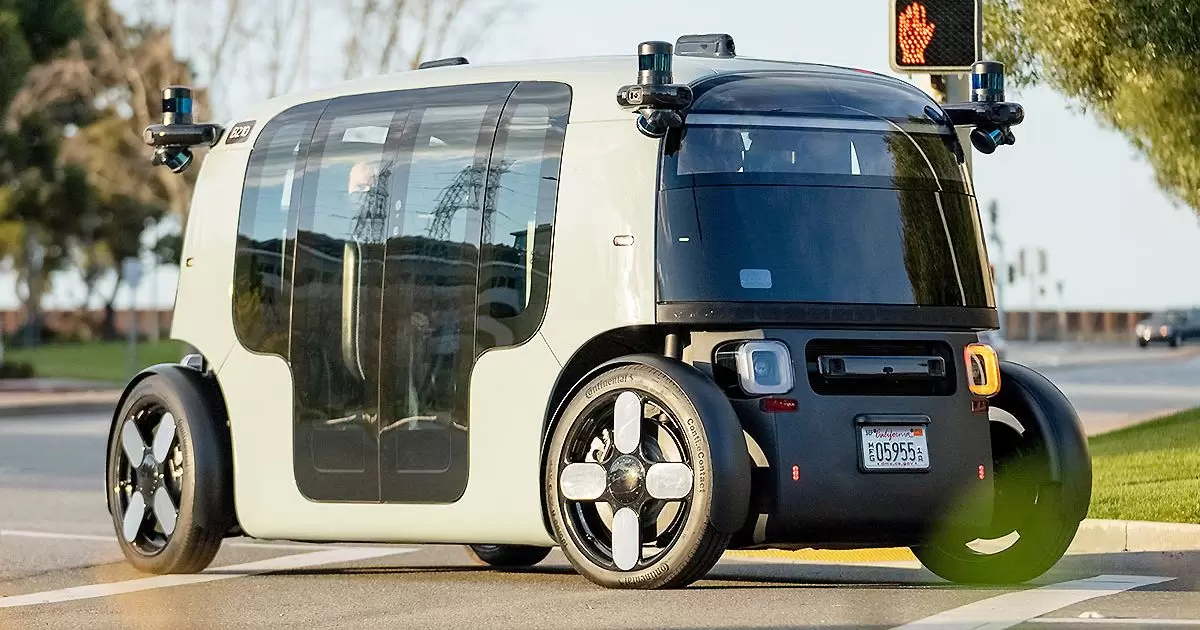Introduction
“With the rise of self-driving cars, the relevance of driver’s licenses is being questioned. This article explores if they will remain essential.”
The rise of autonomous vehicles has sparked a crucial debate about the future of driver’s licenses. As self-driving technology becomes more advanced and integrated into everyday life, the need for traditional licenses is being questioned.
In this article, we will explore the relevance of maintaining driver’s licenses in a world increasingly dominated by autonomous vehicles. We will analyze the case for keeping them, consider arguments for phasing them out, and delve into the broader implications of this transition.
By examining various perspectives and the role of driver’s licenses in ensuring road safety, we aim to provide a comprehensive overview of this evolving issue.
The Case for Maintaining Driver’s Licenses

Driver’s licenses have been a fundamental aspect of driving for over a century. They serve as a means to ensure that drivers are knowledgeable and capable of operating vehicles safely. In a world where autonomous vehicles are becoming more common, maintaining driver’s licenses can still hold significant value.
Firstly, having a driver’s license can be crucial in situations where autonomous systems fail or are not available. Not all roads or regions are equipped for self-driving technology, and having a driver’s license ensures that individuals are prepared to take control if necessary. Additionally, the transition to fully autonomous vehicles will not happen overnight. Until then, driver’s licenses will remain important for managing mixed traffic environments where both human-driven and autonomous vehicles coexist.
The Case for Phasing Out Driver’s Licenses
On the other hand, there are compelling arguments for phasing out driver’s licenses altogether. As technology progresses, many believe that the need for human oversight in driving will diminish. Autonomous vehicles are designed to handle driving tasks more efficiently and safely than humans, potentially reducing the necessity for traditional driver’s qualifications.
Furthermore, removing the requirement for driver’s licenses could simplify the transportation system. With autonomous vehicles handling all aspects of driving, the focus could shift from individual driving skills to ensuring the technology’s reliability and safety. This shift could also reduce bureaucratic processes and lower costs associated with issuing and maintaining driver’s licenses.
Drawing Parallels to Number Plate Discussions
The discussion surrounding driver’s licenses parallels historical debates about number plates. Just as number plates were once a novel idea for vehicle identification, the concept of driver’s licenses has evolved significantly over time. With the rise of technology, we have seen debates about the necessity and efficiency of such systems.
Similarly, the advent of autonomous vehicles is prompting a reevaluation of the necessity for driver’s licenses. Both discussions reflect broader trends in technology and regulation, illustrating how evolving technologies often challenge existing systems and necessitate rethinking established practices.
Fun Fact: The World’s First Driver’s License
The world’s first driver’s license was issued in 1888 to Bertha Benz, who drove a motor vehicle from Mannheim to Pforzheim in Germany. This historic event marked a significant milestone in the history of automotive travel. Bertha Benz’s journey not only demonstrated the feasibility of motor vehicles but also highlighted the need for official documentation and regulation in driving.
This early example underscores the long-standing importance of driver’s licenses in ensuring safety and accountability in transportation. As we move towards a future with autonomous vehicles, reflecting on such milestones can provide valuable insights into the evolution of driving regulations.
The Verdict: Adapting to a Changing Landscape

As we navigate the transition to a world with increasing numbers of autonomous vehicles, the role of driver’s licenses will need to adapt. While there are strong arguments on both sides, the key will be finding a balance that ensures safety while embracing technological advancements.
It may be necessary to update driver’s license requirements to better align with new technologies. For instance, licenses might need to reflect knowledge of how to interact with autonomous systems rather than traditional driving skills. This adaptation will help ensure that the regulatory framework evolves alongside technological progress.
The Role of Driver’s Licenses in Ensuring Road Safety
Driver’s licenses play a critical role in ensuring road safety by verifying that drivers have the necessary skills and knowledge to operate a vehicle. They are designed to minimize the risks associated with driving and ensure that individuals understand and adhere to traffic laws and regulations.
In a world with autonomous vehicles, the role of driver’s licenses could shift from focusing on driving skills to understanding how to interact with and override autonomous systems if needed. This could involve new training and testing requirements that focus on technology rather than traditional driving techniques.
Legal Implications of Autonomous Vehicles and Driver’s Licenses
The rise of autonomous vehicles introduces complex legal questions regarding driver’s licenses. If a vehicle is capable of driving itself without human intervention, who is responsible in the event of an accident?
Legal frameworks will need to evolve to address these issues. This might involve redefining liability and insurance requirements and updating regulations to reflect the capabilities and limitations of autonomous technology. Ensuring clear guidelines will be essential to navigate the legal landscape of autonomous driving.
Showing Documents When Buying Number Plates
Technological Advancements and Their Impact on Licensing Requirements
Technological advancements in autonomous driving are significantly impacting licensing requirements. As vehicles become more self-sufficient, the emphasis of licensing may shift from traditional driving skills to understanding and managing advanced driving technologies.
New licensing requirements could include certifications for interacting with autonomous systems and understanding their limitations. This would ensure that individuals are prepared to manage autonomous technology safely and effectively.
Public Perception and Acceptance of Autonomous Vehicles
Public perception and acceptance of autonomous vehicles are crucial factors in the discussion about driver’s licenses. While many people are excited about the potential benefits of autonomous driving, others are wary of the technology and its implications.
Understanding public attitudes towards autonomous vehicles can provide insights into how and when changes to driver’s licenses might be implemented. Acceptance of the technology will play a significant role in determining how quickly regulatory frameworks can adapt.
International Perspectives on Driver’s Licenses and Autonomous Driving

Different countries are approaching the issue of driver’s licenses and autonomous driving in various ways. Some countries are leading the way in testing and implementing autonomous vehicles, while others are more cautious and conservative.
Examining international perspectives can offer valuable lessons and help shape policies that address diverse needs and concerns. This global view can contribute to developing more effective and inclusive regulations for driver’s licenses and autonomous vehicles.
Pros and Cons
| Pros | Cons |
| Ensures safety and accountability | Can be outdated with new technology |
| Provides a clear regulatory framework | May slow down the adoption of autonomous vehicles |
| Allows for human intervention when needed | Can be costly and bureaucratic |
| Facilitates a gradual transition to new technologies | May not fully address new types of risks |
Additional Tips
- Stay Informed: Keep up-to-date with developments in autonomous vehicle technology and regulatory changes.
- Understand Your Local Laws: Familiarize yourself with how your region is handling the transition to autonomous driving.
- Get Educated: If you’re a driver, take courses on autonomous vehicle technology to prepare for potential changes.
- Advocate for Safety: Support regulations that ensure autonomous vehicles are tested thoroughly and meet safety standards.
- Prepare for Change: Be open to new regulations and adapt your driving habits as technology evolves.
ANSWER TO KEY QUESTION
1. Why are driver’s licenses still necessary with the rise of autonomous vehicles?
Driver’s licenses remain necessary because autonomous vehicles are not yet universally available or reliable. They ensure drivers can take control if needed and are essential for managing mixed traffic environments.
2. What are the main arguments for phasing out driver’s licenses?
Arguments for phasing out driver’s licenses include the potential for autonomous vehicles to handle driving tasks more safely and efficiently, reducing the need for traditional driver qualifications.
3. How might technological advancements affect licensing requirements?
Technological advancements might shift licensing requirements from traditional driving skills to understanding and interacting with autonomous systems, ensuring drivers can manage these technologies effectively.
4. What are the legal implications of autonomous vehicles for driver’s licenses?
Legal implications include redefining liability and insurance requirements, and updating regulations to address the responsibilities of vehicle operators and manufacturers in the event of an accident.
5. How do international perspectives influence the discussion on driver’s licenses and autonomous driving?
International perspectives offer diverse approaches to managing the transition to autonomous driving and can help shape effective regulations that accommodate various needs and concerns.
6. What tips can help individuals prepare for changes related to autonomous vehicles and driver’s licenses?
Staying informed, understanding local laws, getting educated about new technologies, advocating for safety, and being prepared for changes can help individuals navigate the evolving landscape of autonomous driving and licensing.
Conclusion
The debate over driver’s licenses in an increasingly autonomous world highlights the need to balance innovation with safety and practicality. While autonomous vehicles offer exciting possibilities, the role of driver’s licenses remains relevant in ensuring that we navigate this transition smoothly.
As technology evolves, so too must our regulatory frameworks. By addressing both the opportunities and challenges presented by autonomous driving, we can create a transportation system that is safe, efficient, and forward-thinking.
The key will be to adapt our approach to licensing while maintaining a focus on safety and responsibility in our increasingly automated world.

Hi! I’m the admin of Drive Cars Pedia, where I share my passion for cars with you. From reviews to tips, I provide valuable info to help you make informed decisions. Enjoy your visit!








